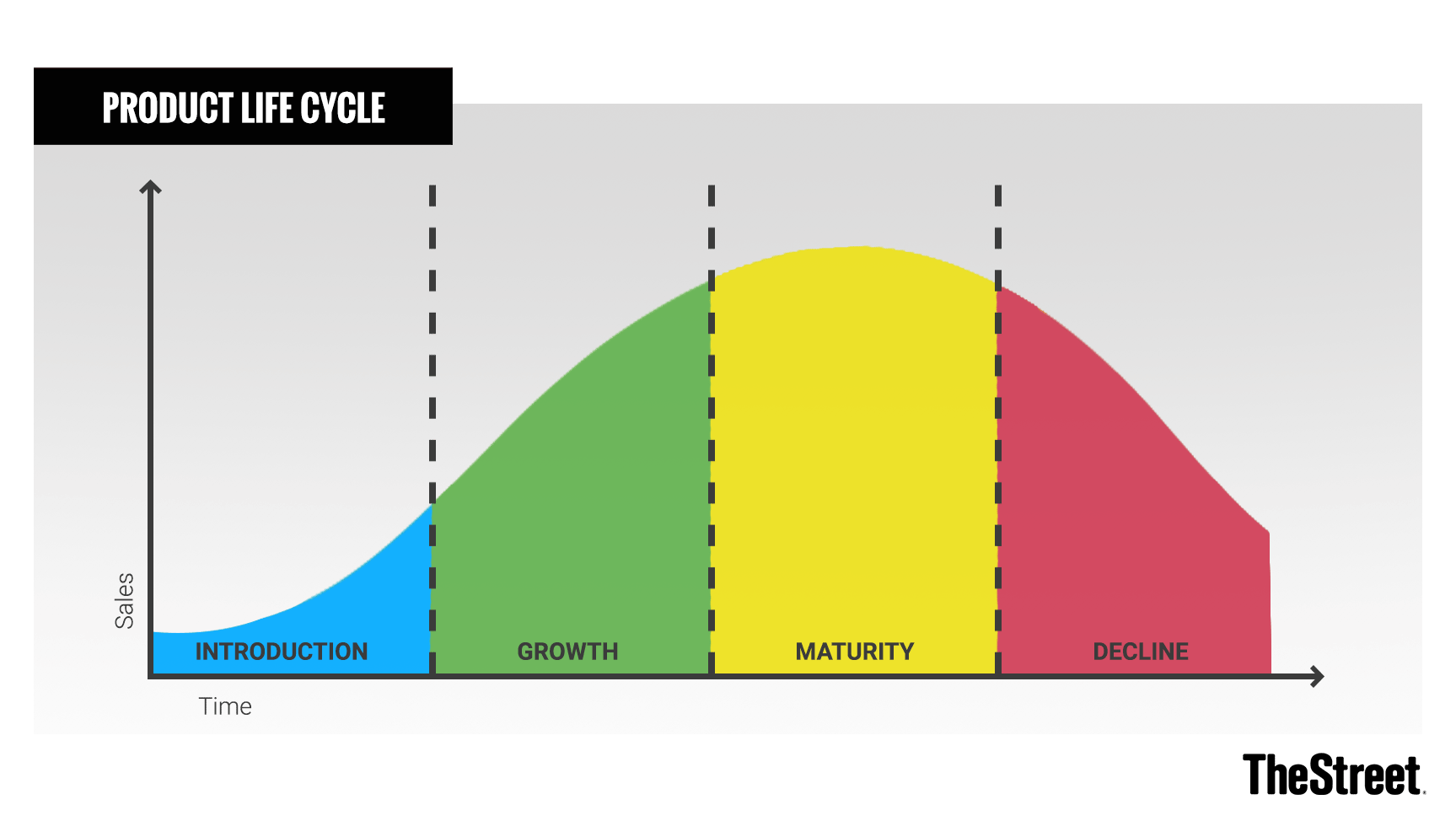Just like humans, all the products and services too have a life cycle. It has a beginning and an end to it. As we humans pass through different phases of life like babyhood, childhood, adulthood and old age, just like that a product too passes through four different stages such as introduction, growth, maturity, and decline. Companies tend to have different strategies to tackle different stages of a product life cycle.

1. Introduction
In this phase, the product is launched into the target market segments. The main focus is on making the product well known in the market which is achieved through marketing and promotional activities. Penetration pricing and skimming pricing strategies are normally opted at this stage. When the product is too common and already has an established market, penetration pricing is used. By keeping the product’s price low, it is easier to penetrate into the market and capture a major share. Skimming pricing is used when your product is new and unique and the product is needed to be explained more to the audience in order to make them understand the benefits of the product. In skimming pricing, we keep prices high to recover the fundamental developmental costs and earn maximum profit in a shorter time before any other competitor enters the market with similar products.
2. Growth
After the introduction, launch or re-launch of your product, the next phase is “growth”. As the demand for your product increases, it enters the growth stage. As the sales increase the profit increases. Now is the perfect time for the company to focus on expanding its horizon and try to capture new market segments. It further requires marketing and promotional activities as it adds more variety and provides more enhancements to its product.
3. Maturity
At this stage, your product has reached its maturity and now has to face competition from other similar products. Now your sales are more stabilized or increase at a very slow rate. So now the strategy of the companies changes as they do not try to increase market share but choose to defend their own territory and extending the life cycle of their product.
4. Decline
When the sales of the product drops and the market have become a kind of saturated with the same types of products, your product starts to move towards its declining phase. It may be due to competition, change in economic trends, degradation of quality, technical obsolescence and change in customer preferences. In this phase, the company withdraws all of its marketing and promotional support as they know when to stop when it’s not working.